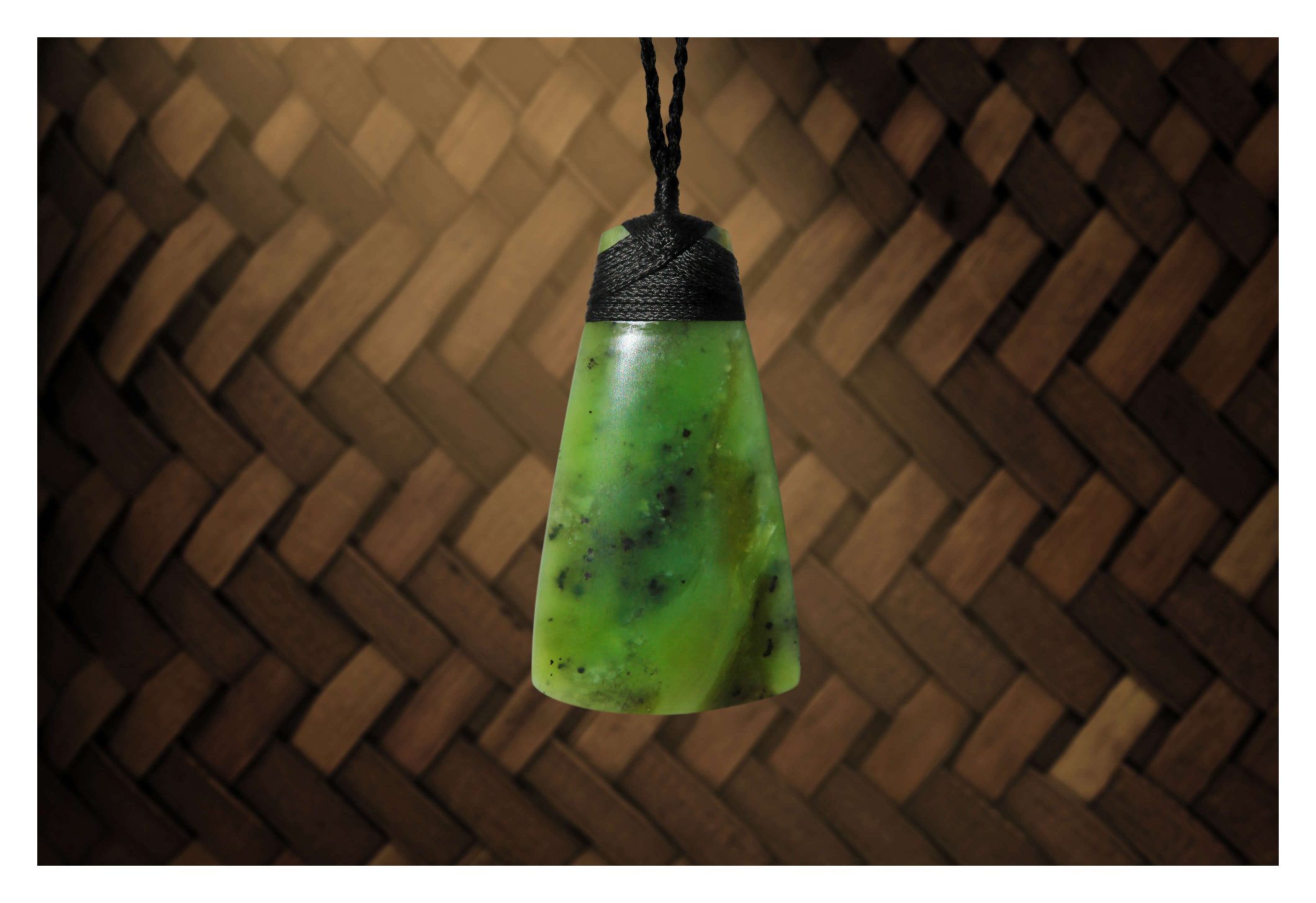
Pounamu – Te ika o te rangi
A TOKI TESTIMONIAL
My Mother crafted with needle and thread,
My Father with chisel and wood,
So my legacy was always to make things,
At least that’s what I understood.
But my talents were not for cloth nor timber,
Rather for words and depictions,
To intrigue, explore and promote,
The root of my convictions.
So this Toki was whānau gifted,
A touching sign of my ongoing mission,
That as a maker of things,
I’m following a great tradition.
My lifetime’s hope in all of this,
Is to stitch and build together,
To open hearts and minds,
For ideas that many would treasure.
Pounamu – Pikorua
A three-twist Pikorua symbolizes interconnectedness, unity, and the eternal bond between individuals or groups in Maori culture. It represents the strength of relationships and the never-ending growth and learning. The loops have no beginning or end, signifying continuous personal development and the connection between past, present, and future. It can also relate to the concept of the three baskets of knowledge, encompassing spiritual, intellectual, and physical realms and the pursuit and balance of knowledge in these three areas.
Historically, the cross was an instrument of execution in the act of crucifixion. This was used as a weapon of control and intimidation in the ancient world and aimed to brutalize and humiliate those who endured it. However, accordingly to Biblical records and chronicles of history, Jesus (the Christ) changed everything. The subversive nature of the Christian cross (as it became known) was found in the transformative power attributed to Jesus’ sacrificial death and subsequent resurrection. The result was renewed faith and hope within his followers, and an inspirational ripple-effect that’s felt to this very day.
The 'Fish Symbol' became associated with Christianity around the second century AD. As Jesus invited his followers to become ‘fishers-of-men', the symbol seemed fitting. The symbol appeared in places of worship, but the symbol also performed a covert function. In the 1st century, during the Roman persecution of Christians, the fish symbol was used in secret to indicate meeting places – seen subtly on trees, on doors or even graves.
To identify a visiting stranger, Christians would draw out half of the fish into sand on the ground and wait for the visitor to complete the image. If nothing happened it meant the person was not Christian – but if completed, communication could continue safely.
